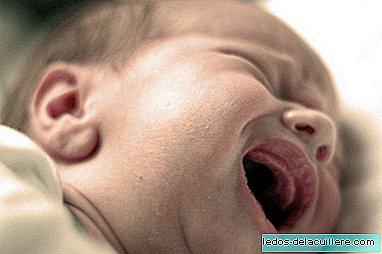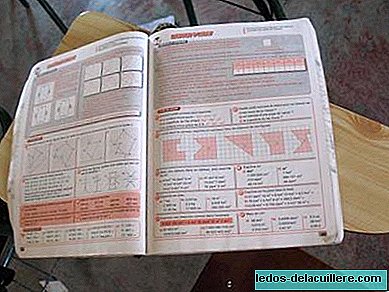
If we care about the health of the whole family, we will have raised this issue on more than one occasion. When does a food have too much salt, fat or sugar? Where is the limit established between what is and is not healthy?
The Pan American Health Organization has published a "Nutrient Profile Model," which sets the criteria for defining how much "too much" salt, fat and sugar is in food and beverages. Its purpose is to help governments develop more effective policies to promote healthy eating.
Improving these eating patterns would reduce the incidence of the 21st century epidemic, obesity, which increasingly affects more children in the world, with the consequent incidence of associated chronic diseases, diabetes, hypertension, heart disease ...
Based on scientific evidence, the model classifies processed and ultraprocessed foods and beverages (not natural or minimally processed foods) with "excessive" amounts of sugar, salt and fat according to the following criteria:
- Excess free sugars if the calories from free sugars are equal to or greater than 10% of the total calories.
- Excess total fat if the calories provided by total fat are equal to or greater than 30% of total calories.
- Excess saturated fats if calories provided by saturated fats are equal to or greater than 10% of total calories.
- Excess trans fat if the calories from trans fat are equal to or greater than 1% of total calories
- Excess sodium if the ratio between the amount of sodium (in milligrams) and the calories is equal to or greater than 1: 1.
Furthermore, this document also specifies that products whose ingredients include artificial or natural sweeteners with or without calories must be defined as "containing other sweeteners". Why not for not having sugar
If these data were clear on food labels, it would be easier for us to identify those that are best left on the shelves and make a more informed decision.
But it would be even better if governments, once unhealthy products were identified, applied public policies to discourage their consumption, while making it easier for consumers to have healthier, traditional diets based on fresh or minimally processed foods ...
In the European Union, it has been agreed to revise the standards so that sugar levels do not exceed 10% in infant food, thus adapting to WHO recommendations. And, at present, the permitted levels reach 30%. So, if we analyze what they offer on supermarket shelves, we would see that most products, including "specific" for children, exceed those healthy levels.
The Regional Office for Europe-WHO, among the strategies of its "European Action Plan on Food and Nutrition 2015-2020", prioritizes reducing the impact on children of all forms of marketing of foods rich in energy, saturated fats, fats trans, sugar or salt, but another thing is what different governments do about it and the great power of the food industry.
We hope you are recommendations not to reach excessive levels of salt, fat and sugar Do a little more strength to get us to find less of these products in supermarkets, vending machines, schools, shopping baskets, pantries ... and tip the balance towards healthier nutrition for our children and for the whole family.












